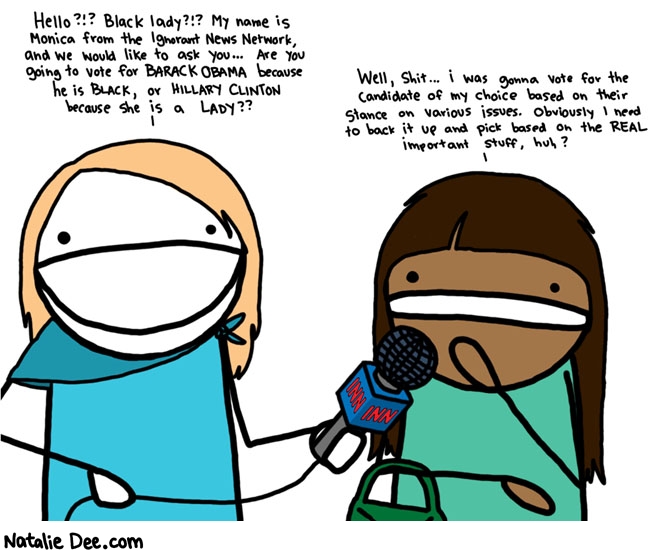Time | Over decades, wars change location and weapons design evolves, while man’s perceptual capacities remain relatively close to what they have been for thousands of years. Fifty years ago in Vietnam, Joe McMoneagle used his sixth sense to avoid stepping on booby traps, falling into punji pits, and walking into Viet Cong ambushes. His ability to sense danger was not lost on his fellow soldiers, and the power of his intuitive capabilities spread throughout his military unit. Other soldiers had confidence in this subconscious ability and followed McMoneagle’s lead. In a life-or-death environment there was no room for skepticism or ignominy. If it saved lives, it was real. Since 1972, CIA and DoD research indicates that premonition, or precognition, appears to be weak in some, strong in others, and extraordinary in a rare few. Will the Navy’s contemporary work on “sensemaking,” the continuous effort to understand the connections among people, places, and events, finally unlock the mystery of ESP? Might technology available to today’s defense scientists reveal hypothe- ses not available to scientists in an earlier age?
At Naval Hospital Bremerton, in Washington State, defense scientists and military researchers are exploring cognition and perception in soldiers’ virtual dream states. Starting in 2011, as part of a research program called Power Dreaming, soldiers plagued by PTSD-related nightmares have used biofeedback techniques similar to those studied by Colonel John Alexander in the Intelligence and Security Command’s Beyond Excellence program, under General Albert Stubblebine. For today’s Navy, biofeedback has been updated with twenty-first-century virtual reality technology that did not exist 30 years ago. Sponsored by the Naval Medical Research Center, the Power Dreaming program involves a process called Cognitive Behavioral Treatment for Warrior Trainees. Participants are active-duty soldiers suffering from PTSD-related nightmares who are eligible to be sent back to the battlefield. The method, called redreaming, is alleged to be a learned technique that produces changes in the way one’s brain processes information. Its goal is to teach trainees to transform their debilitating nightmares into empowering dreams using bio- feedback techniques and computer technology.
Biofeedback, born in 1962, draws on the idea that the human brain (millions of years in the making) can benefit from seeing itself work in real time. Some of the life processes the trainee can see in real time are his brain waves, heart rate, muscle tension, skin conductance, and pain perception. The process goes like this: when the soldier wakes up from a nightmare, he gets out of bed and goes to a nearby government-issued computer. He puts on 3-D goggles and straps a Heart Rate Variability biofeedback device onto his forearm so that biofeedback can be integrated into the redreaming process. Hooked up to these two devices, the soldier opens a software program called the Book of Dreams. With a few clicks on the keyboard, he enters the virtual world Second Life.


